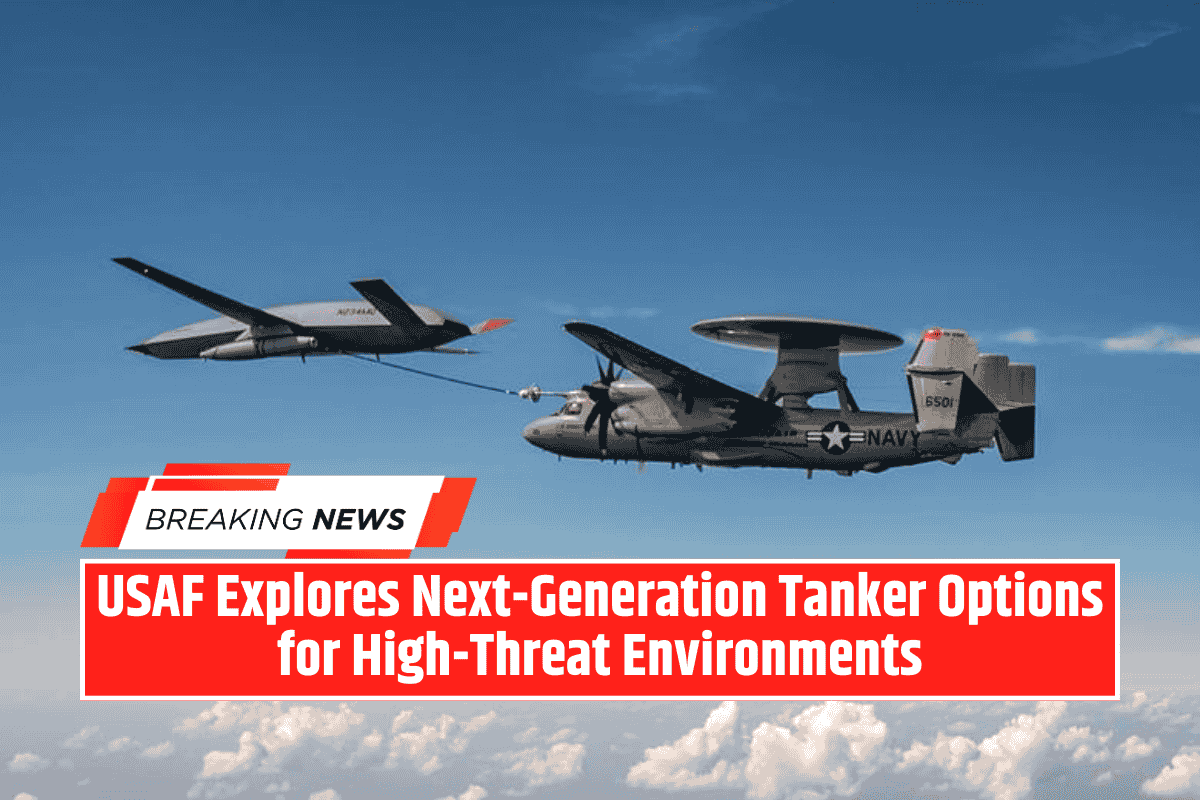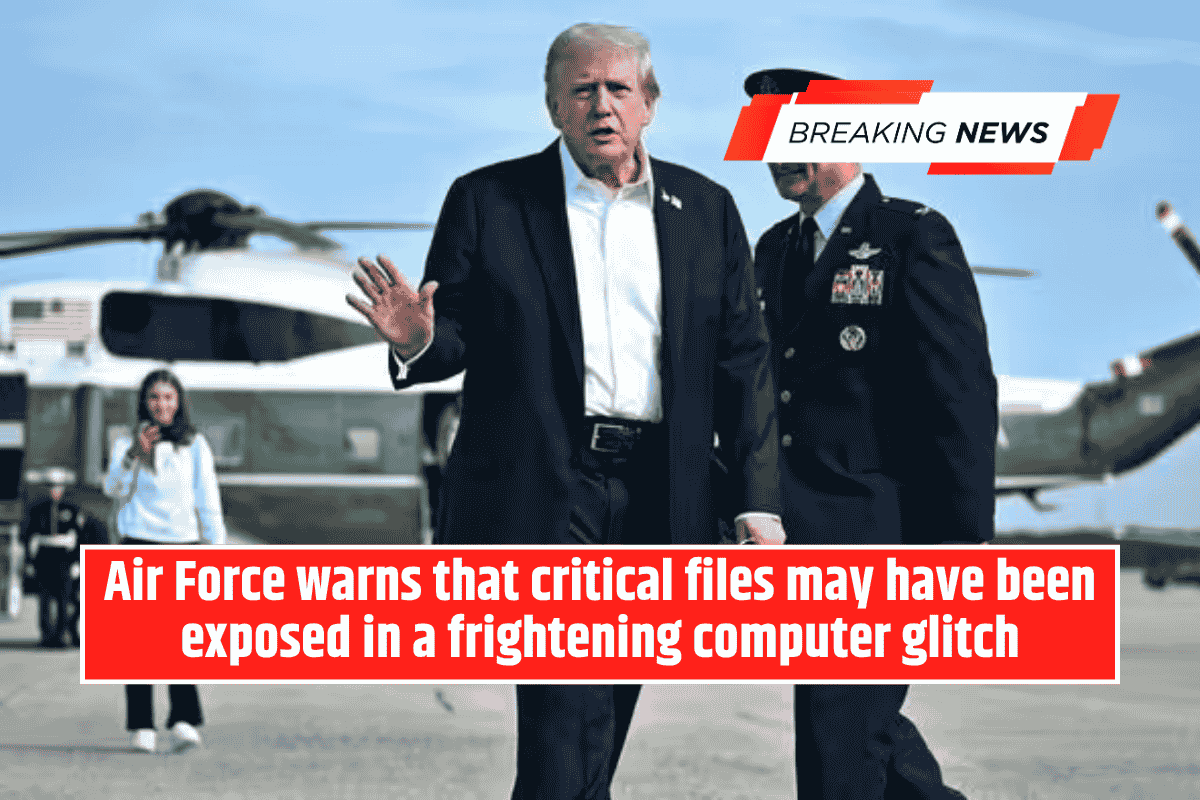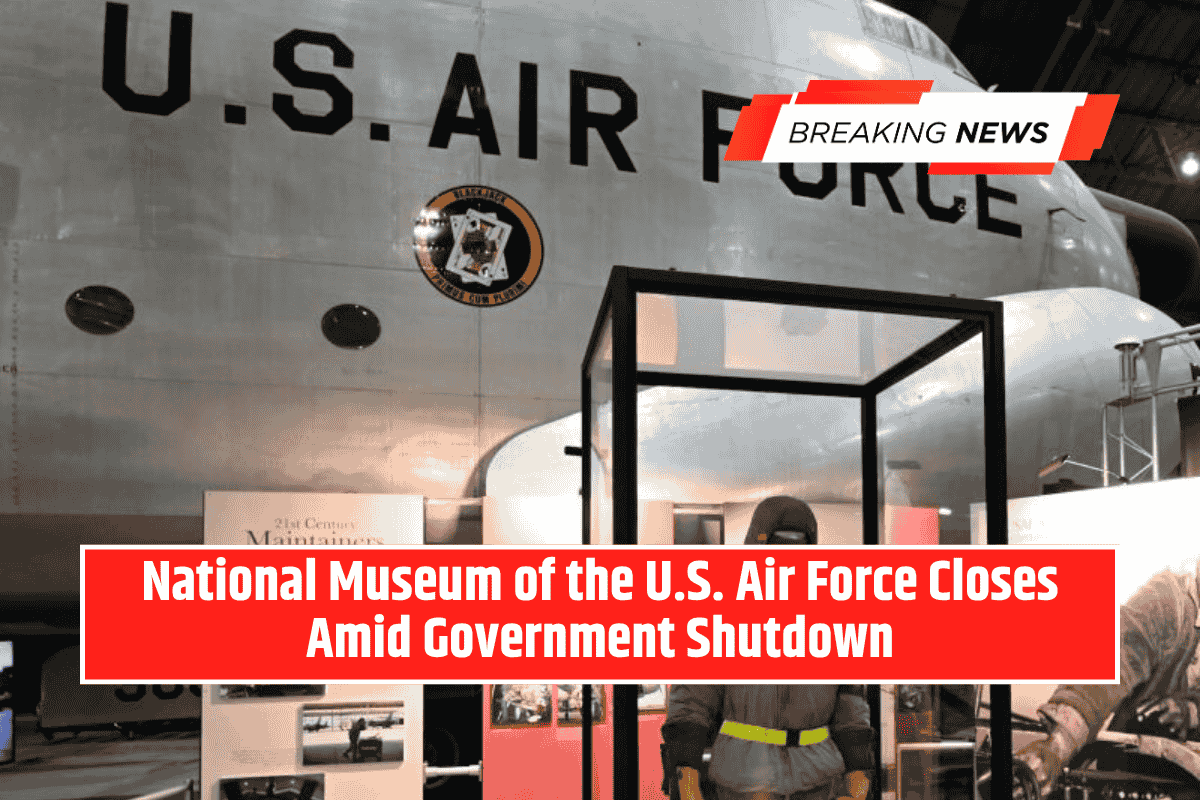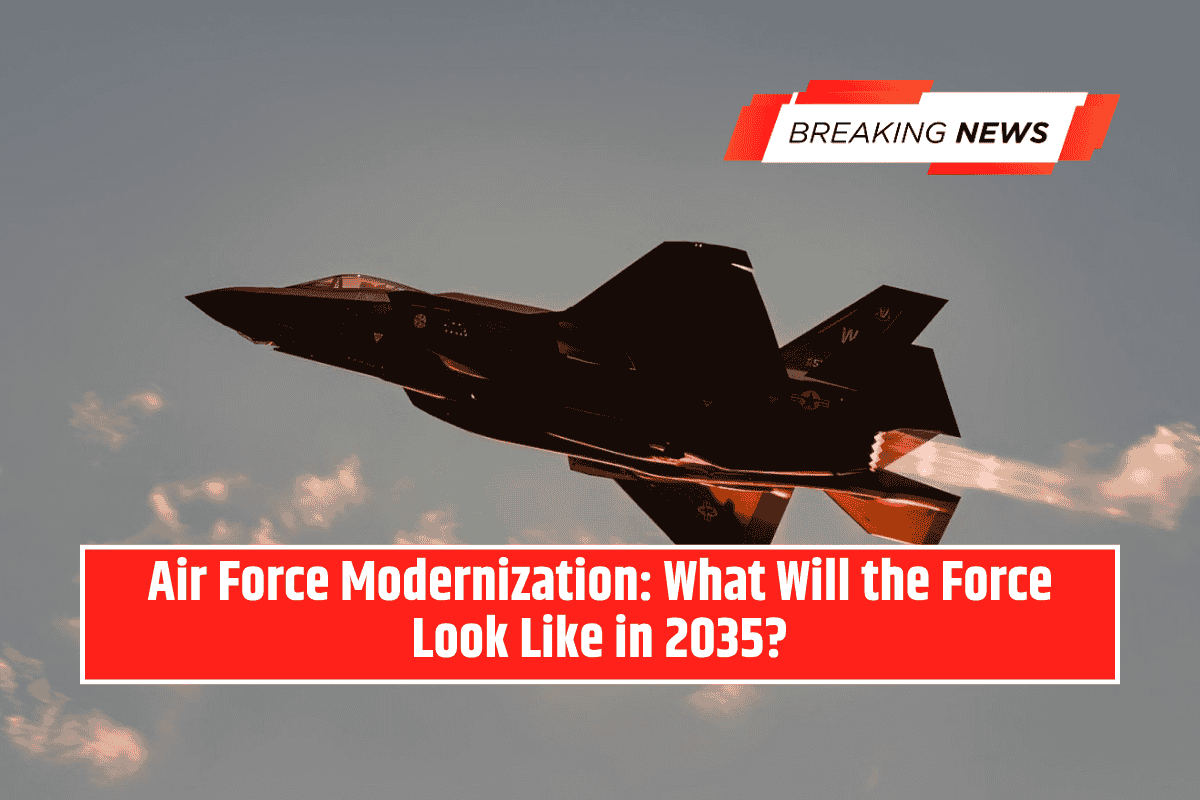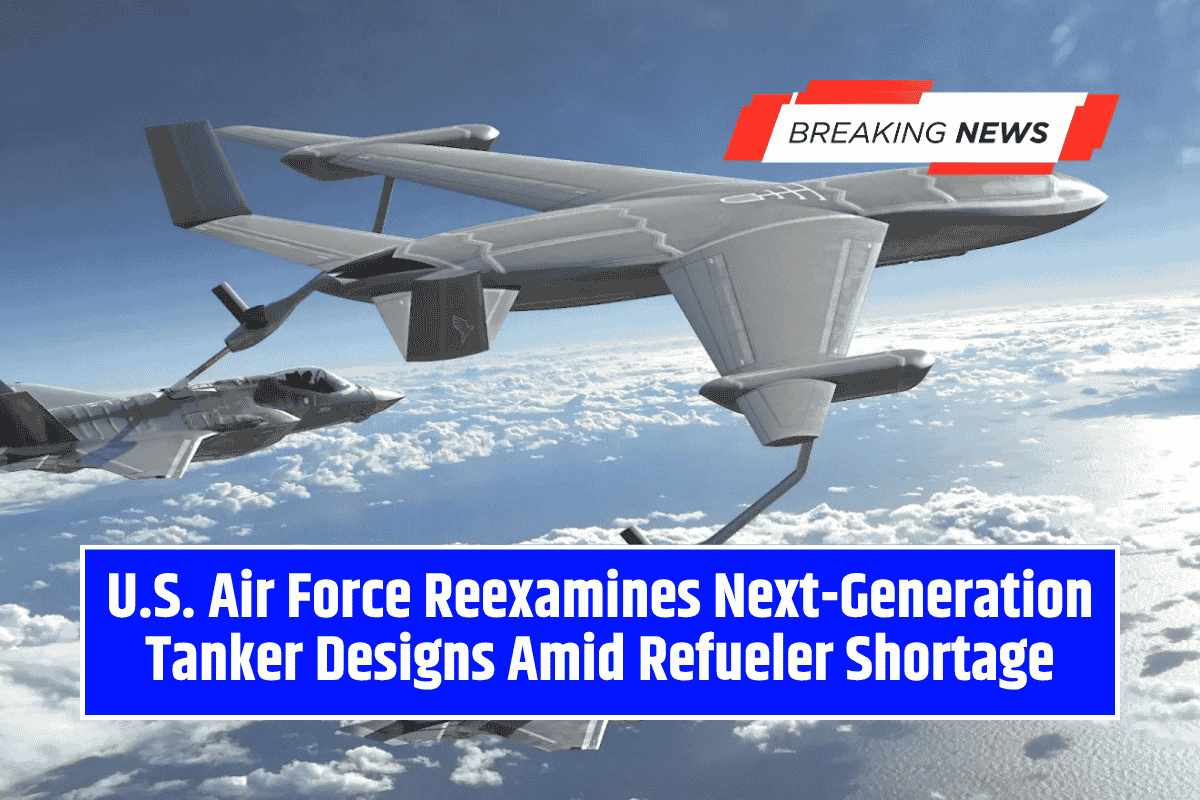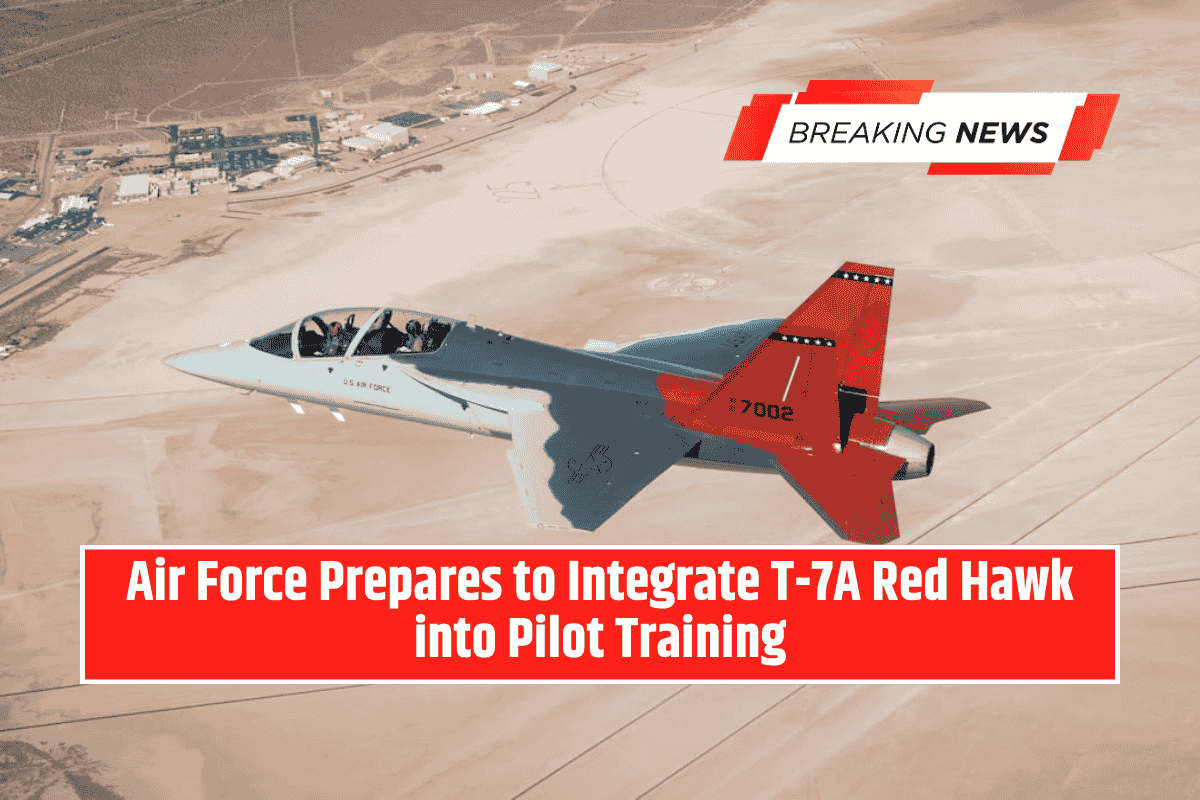The U.S. Air Force (USAF) is examining multiple pathways for its future tanker fleet under the Next Generation Air Refueling System (NGAS) program. Options include a stealth blended-wing body design, a converted business jet, or a “signature-managed” conventional tanker.
General John Lamontagne, head of Air Mobility Command, emphasized that “just about every option is on the table” as the service refines its approach.
NGAS Program Background
Launched in 2023, NGAS was initially envisioned as a low-observable, purpose-built tanker designed to support stealth platforms such as the F-35 and B-21 bomber.
The Air Force hoped to field the system in the 2030s, but rising costs and competing priorities have shifted discussions toward alternative solutions, including electronic warfare countermeasures for survivability.
Recent Developments
- In August 2025, the USAF issued a Request for Information (RFI) seeking industry input on potential NGAS concepts, with responses due by 24 October.
- The goal is to refine cost estimates and assess what is technologically feasible for survivable tanker options.
- General Lamontagne noted that earlier analyses provided only “rough” estimates of signature-managed platforms, underscoring the need for updated industry insights.
Survivability and Operational Demands
The USAF recognizes its current commercial-derivative tankers are not viable in contested, high-threat environments. The need for survivable tanking options stems from anticipated future conflicts where adversaries will maintain sophisticated air defense networks.
- Lamontagne stressed that simply evacuating vulnerable tankers is not viable: “It can’t just be a runaway strategy, because if it’s just a runaway strategy, we won’t be effective.”
- Without survivable tankers, the Air Force would require extreme long-range precision weapons to strike from beyond engagement zones.
Uncrewed Tanker Possibility
Another option under review is the incorporation of uncrewed refueling aircraft. While the USAF has no firm plans yet, it is closely observing the U.S. Navy’s development of the Boeing MQ-25, which is expected to begin flight testing soon and integrate with carrier operations by 2026.
Budgetary Constraints
Despite strong rhetoric supporting NGAS, funding remains modest.
- The USAF’s FY2026 budget request includes just under $13 million for NGAS development, up slightly from $7 million in FY2025.
- The tanker project faces stiff competition for resources against other major programs, including the Boeing F-47 sixth-generation fighter, B-21 stealth bomber, and the Sentinel ICBM recapitalization.
Strategic Imperative
The push for NGAS reflects a broader shift in USAF strategy: preparing for high-threat, contested environments where conventional tankers would be too vulnerable.
Whether through stealth, electronic warfare, or autonomy, the Air Force is seeking solutions that ensure air refueling remains a credible enabler of U.S. power projection in the decades ahead.
